“I’m your mother… not your friend.”
My mom used to say that to me all the time when I was a kid. She’s an Asian mom and just a little bit strict… 🙂

She made it very clear that I was NOT to cross the mother-daughter boundary…
She’s the mom, I’m her daughter and there was no messing around with that.
Growing up, this was hard for me to hear. I wanted to be close to my mom. It would have been great to be best friends.
When I saw some of my classmates talk to their moms — the easy, laid back relationship they had — I felt kind of jealous.
Why couldn’t I have that? Why didn’t my mom joke around and hang out with me?
It took a while — more than a few years — before the wisdom of my mom’s words finally sank in.
I realized that if my mom had taken on the BFF role, I wouldn’t have gained a friend…
I would have lost a mom.
Then and now, I needed my mother to be my mother. I needed her support, her guidance, her love and her wisdom.
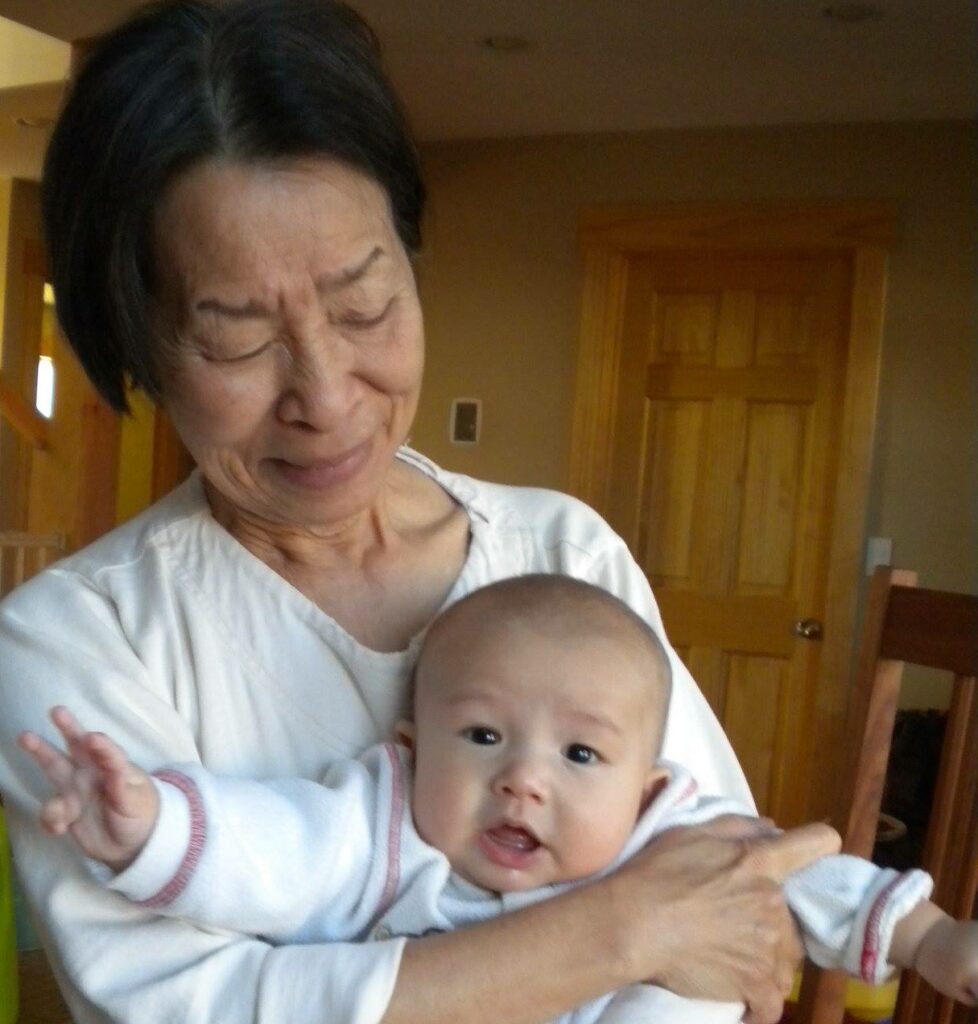
I didn’t need another friend to hang out with and to fumble through life with.
The truth is: I have lots of friends and I love them but I only have one mom.
That mother-daughter boundary that my mom insisted on turned out to be a great thing because it protected our relationship.
In a way, it created a deeper connection and trust that would have quickly disappeared if she hadn’t held on to that boundary.
I see this kind of confusion happen all the time in business.
People talk about the “know like and trust” factor and so many entrepreneurs take it and run with it…
And they run too far.
Best Friend or Expert?
Sure, you want to share and be vulnerable. You want to be accessible to your audience, but here’s the thing…
Using the “best friend” approach to cultivate the know, like and trust factor is a recipe for disaster because most people don’t take their best friends seriously…
They take their best friends for granted.
This is NOT what you want from your fans, followers, clients and customers!
If you want to be seen as a leader, authority or expert in your field you need to learn how to dance with vulnerability and deep connection.
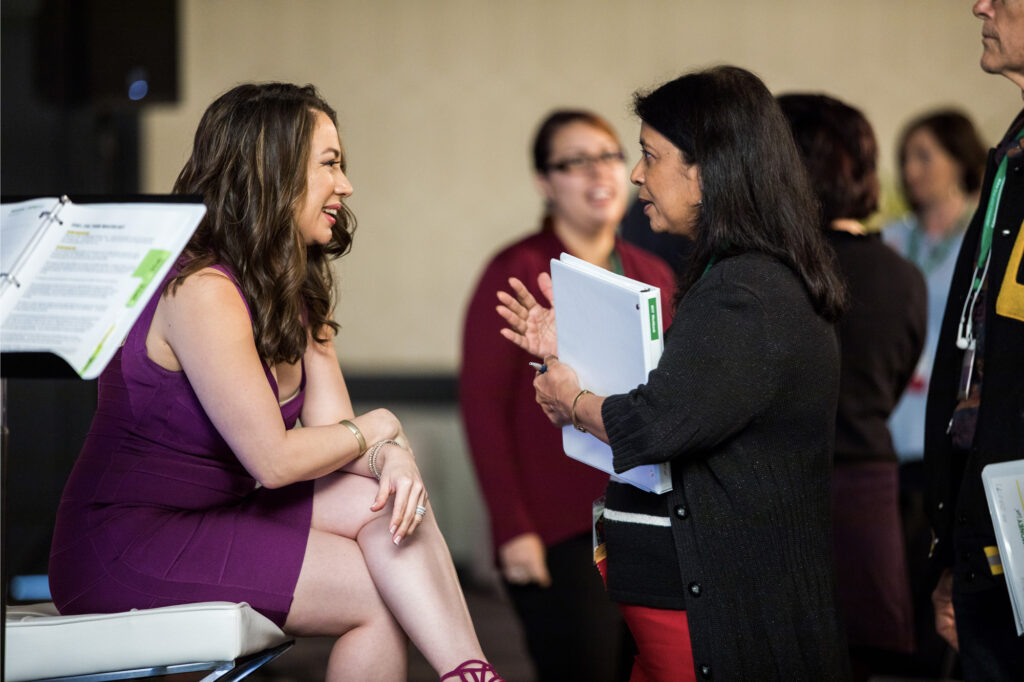
It’s about getting close but leaving enough space between you and your audience so they can still see you as the ultimate pro, the expert.
You don’t want to be someone they can relate to but not someone they admire.
People won’t stand for leaders who wear “masks” or sell products and services under false pretenses.
The golden age of “anything goes” advertising and marketing — the days when people believed anything you claimed as long as they saw it in print, heard it on the radio or watched it on TV — is dead.
And good riddance!
We now live in a world of sophisticated, savvy consumers and customers who demand genuine connections.
They want real relationships with businesses, brands and leaders.
And as entrepreneurs we need to give the people what they want.
But cross the unseen line between “expert” and “best friend” and you’ll be taken for granted.
Guaranteed.
The Goldilocks Rule
Don’t get me wrong…
The know, like and trust factor is valid and vulnerability is the currency of the day but people still want leaders they can aspire towards. Leaders who are inspirational and who can pull them up to higher and higher levels of success.
True authority is based on respect and credibility and we can’t inspire either one of those if we “let it all hang out” with our audience.
So how does all of this play out in the real world?
How do you know you’re not crossing the line into bestie territory? How do you know you’re not oversharing or (unknowingly) sabotaging your authority?
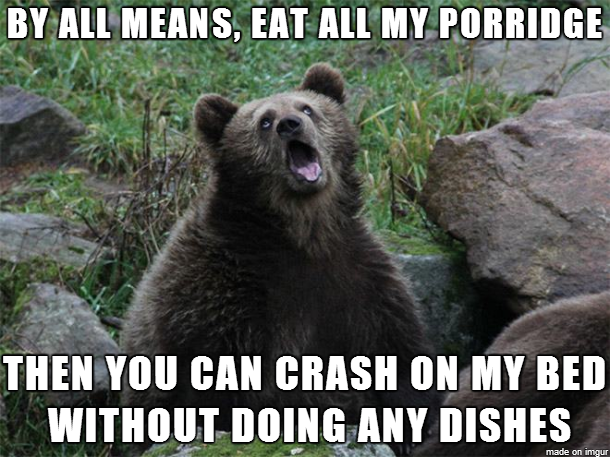
Use the Goldilocks Rule: not too much, not too little, just right.
Apply this Rule to your content and all of your communication.
Here’s how it works…
Imagine you’re going through a difficult divorce and you’re a business coach (or a copywriter or a designer or any other role) and you have a significant following on social media.
When you share on social, implement the Goldilocks Rule:
Too much = Sharing screenshots of mean texts or messages you receive from your ex.
Too little = Pretending everything’s going great in your life.
Just right = Being a pro. Get honest and vulnerable but be professional. Tell people you’re going through a difficult divorce but hold back on the name calling and accusations.
Maximizing “Know, Like and Trust”
When you implement the Goldilocks Rule…
When you share the truth about who you are and what’s going on in your life but you don’t go overboard with painful or ugly details that can hurt your credibility, you’re executing the know, like and trust factor in the best possible way.
You’ll build an authentic, honest relationship with your audience but you’ll retain enough mystery to inspire the authority and respect you want and deserve.
Here’s what I want you to do…
Pull up a couple of your most recent social media posts, blog posts or emails and look at applying the Goldilocks Rule to each one.
What do you see? Have you shared too much? Too little? Did you get it “just right?”
I’d love to know your ideas and a-has… share in the comments below.
Love it? Hate it? Let me know...
-
First things first, your nephew is adorable, Marisa and I’m with you 100% when it comes to Asian Moms. I believe my mother deserves a lot of credit for making me the person I am today and I aspire to be more like her – even now.
I keep my stories to the point but have unsubscribed from lists where there were too many gory details about messy divorces etc. Vulnerability shows one’s human but an email full of whingeing? No way!
-
Thank you Vatsala! He’s a cutie 🙂 And yes, it’s fine line between being vulnerable and oversharing. Sounds like you have a good grasp on that though! Thanks for sharing <3
-
-
Excellent post Marisa! My mother is an old-fashioned Mexican Mom and she was the exact same way. I never wanted my Mother to be anything else than my Mother and it worked beautifully. As far as the over-sharing, I have zero problem keeping personal things to myself as I’m a private person anyway. But I love the Goldilocks rule as I become more visible in my business. You don’t hear this anywhere else. Thank you so much for sharing!
-
Thank you Connie! And yes, it can be tough to find the balance between being vulnerable and authentic while still maintaining your authority. If you’d like, check out this monster blog post I did about personal branding and how to step in fully as an ambassador for your brand in a way that feels good and inspires respect: https://liveyourmessage.com/ug/personal-branding/ I think you’ll get a lot out of it 🙂
-
-
This post made me miss my Mom again, she passed away in 2002. While we were always friendly as adults, she was still Mom. Lessons I learned over the years pop up now and then and I say thanks to her. Like the idea of the Goldilocks approach – good to remember for all relationships and communication methods. Also want to state my appreciation that you give us a choice to watch your animated self on video or quickly read through the transcript.
-
Aw I’m sorry to hear that Virginia but I love that you still thank her when you are reminded of her. That’s so sweet. And yes, it’s a great rule of thumb to keep from going overboard. Thanks for sharing <3
-
-
I have been called “too nice” by one of my business coaches. I don’t like to share negative details of my live on social, but I do like to share, bc my experience could help someone. I like the Goldilocks approach. It helps me set limits when talking to a potential client OR my best friend who needs my advice in what I am an expert in.
-
Absolutely Sarah! I actually made a short video about this in our LYM Daily series if you want to check it out 🙂 https://liveyourmessage.com/why-just-being-nice-in-business-isnt-a-good-idea
-
-
Marisa I re-read this article which is awesome and I found this typo ??
You don’t want to be someone they can relate to but not someone they admire.
Should it be …
You don’t want to be someone they can relate to but someone they admire.?-
Thanks Tony! I can see the confusion, but I meant you don’t want to be someone they can just relate to, you want to be someone they actually admire. Being too relatable without also conveying your expertise can put you in the business “friend zone” so to speak. Your audience will feel a connection to you, but won’t actually commit to purchasing from you if they don’t see you as an authority. Does that help clarify? Let me know if not 🙂
-

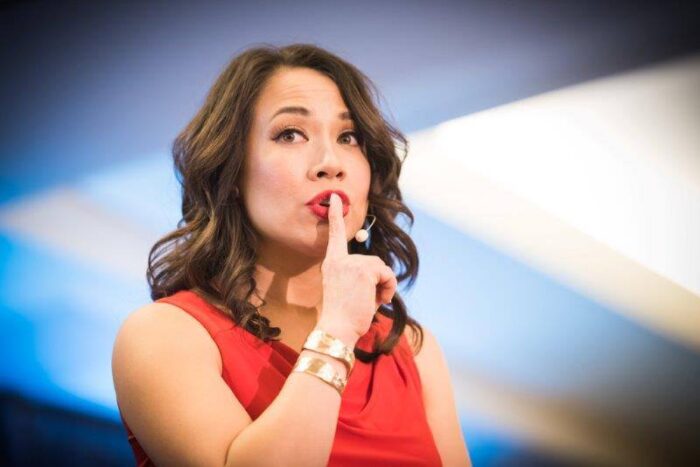



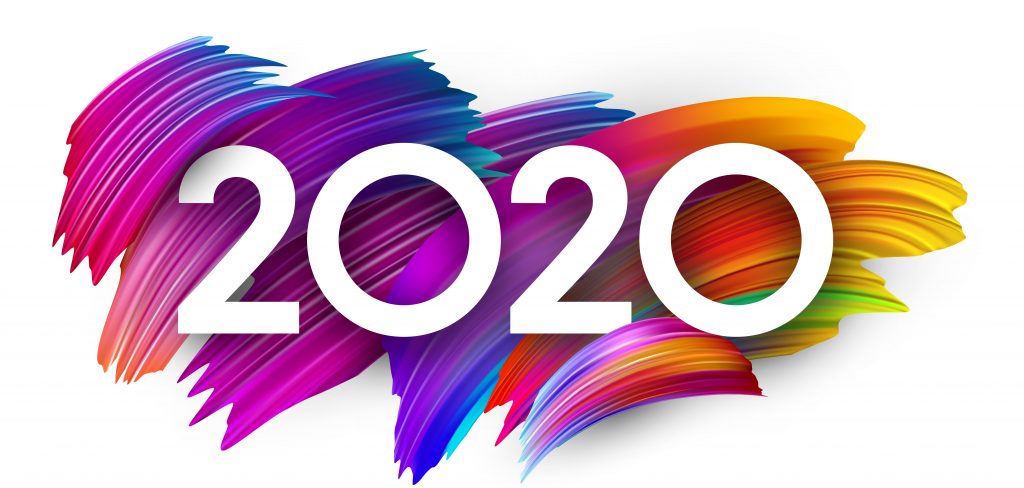




















Leave a Comment